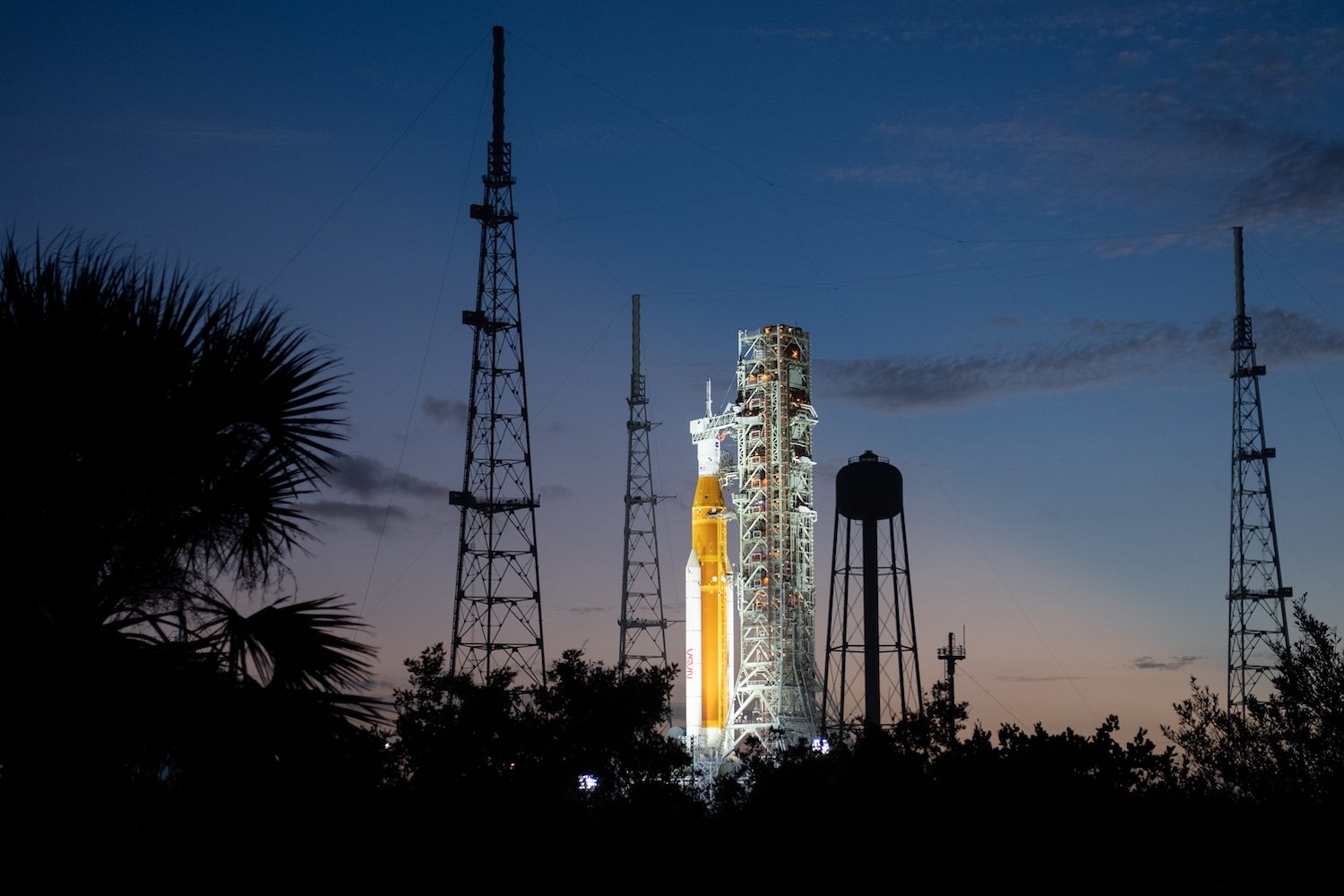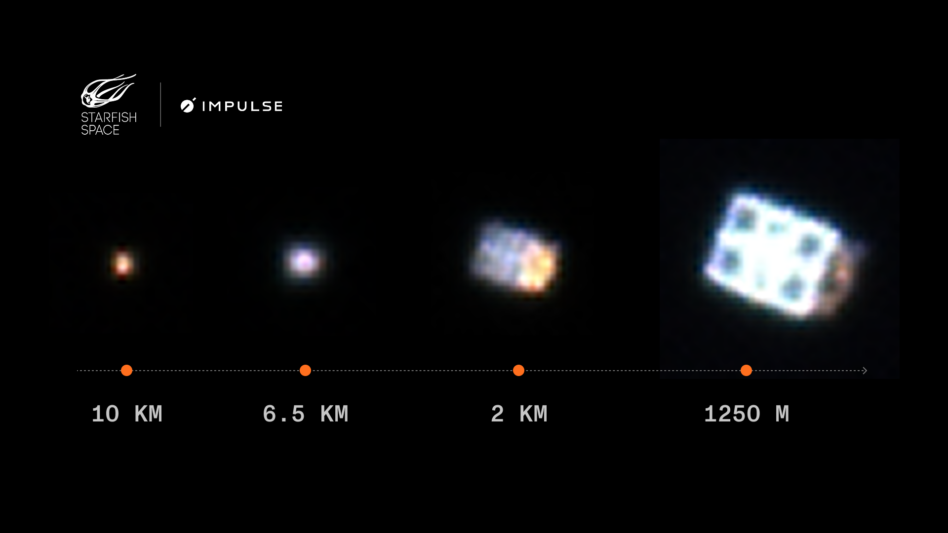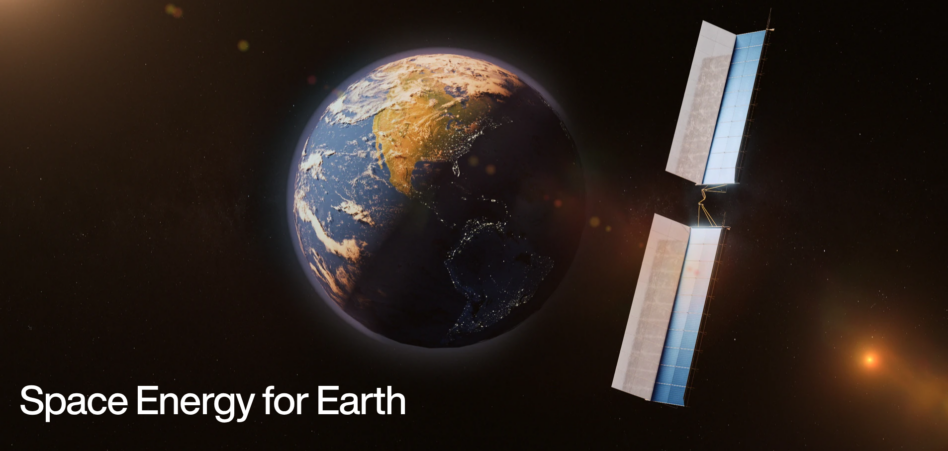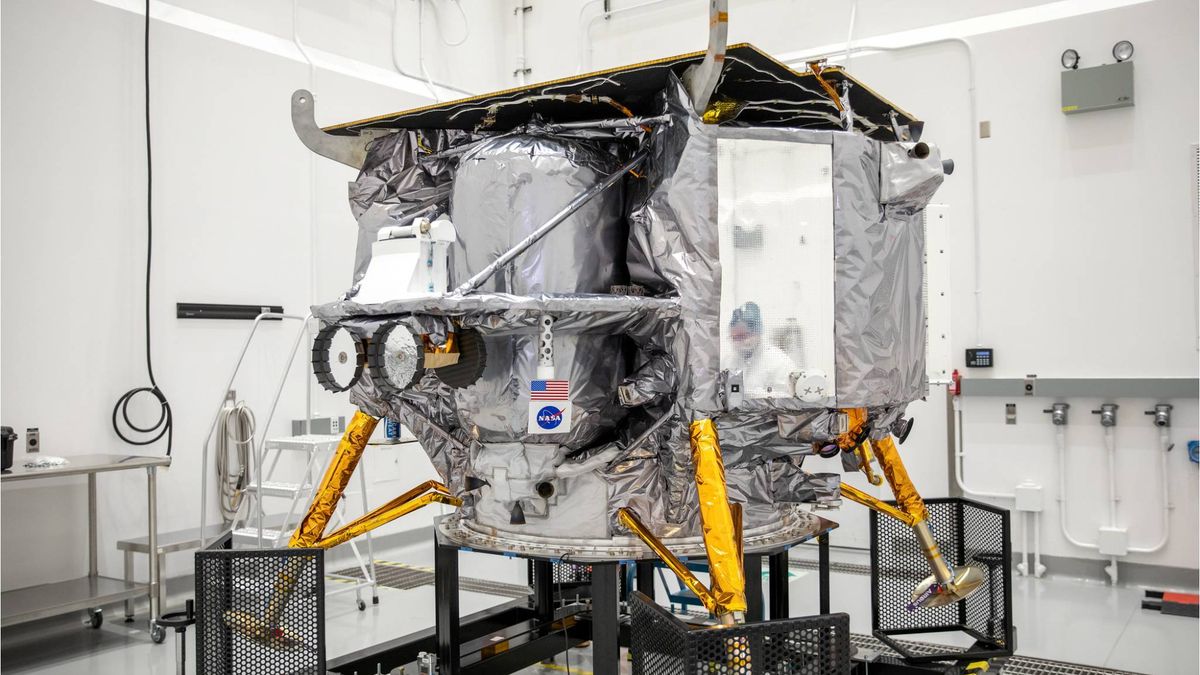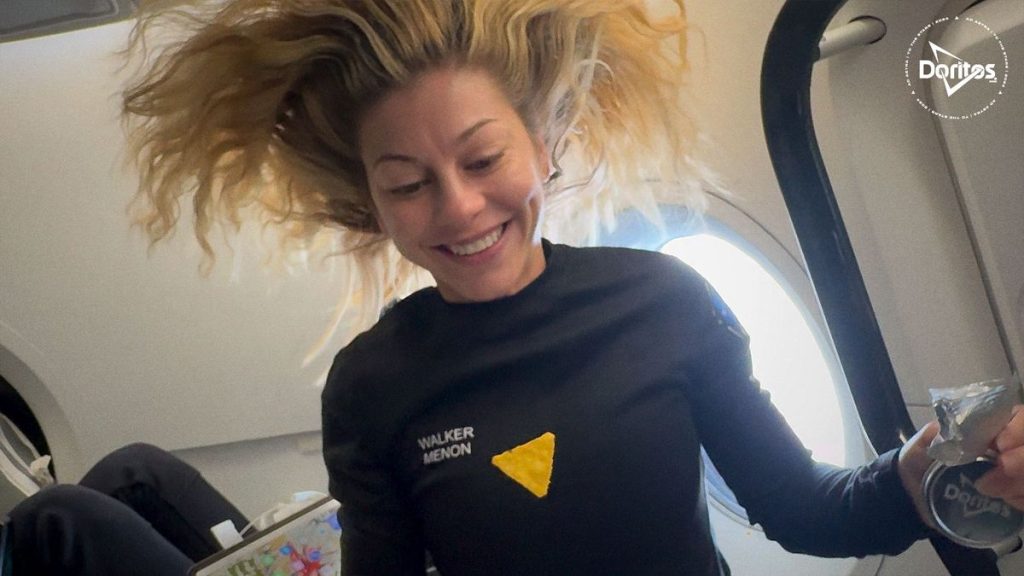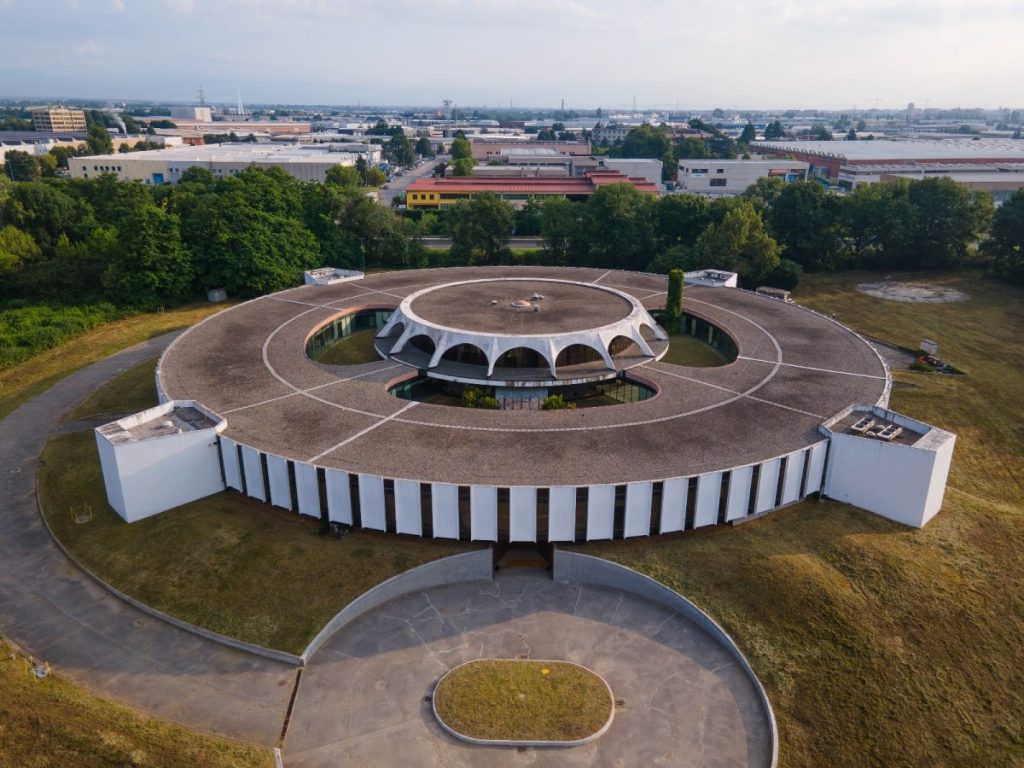NASA’s SPHEREx Telescope Just Switched On. Time to Map the Entire Universe in 3D
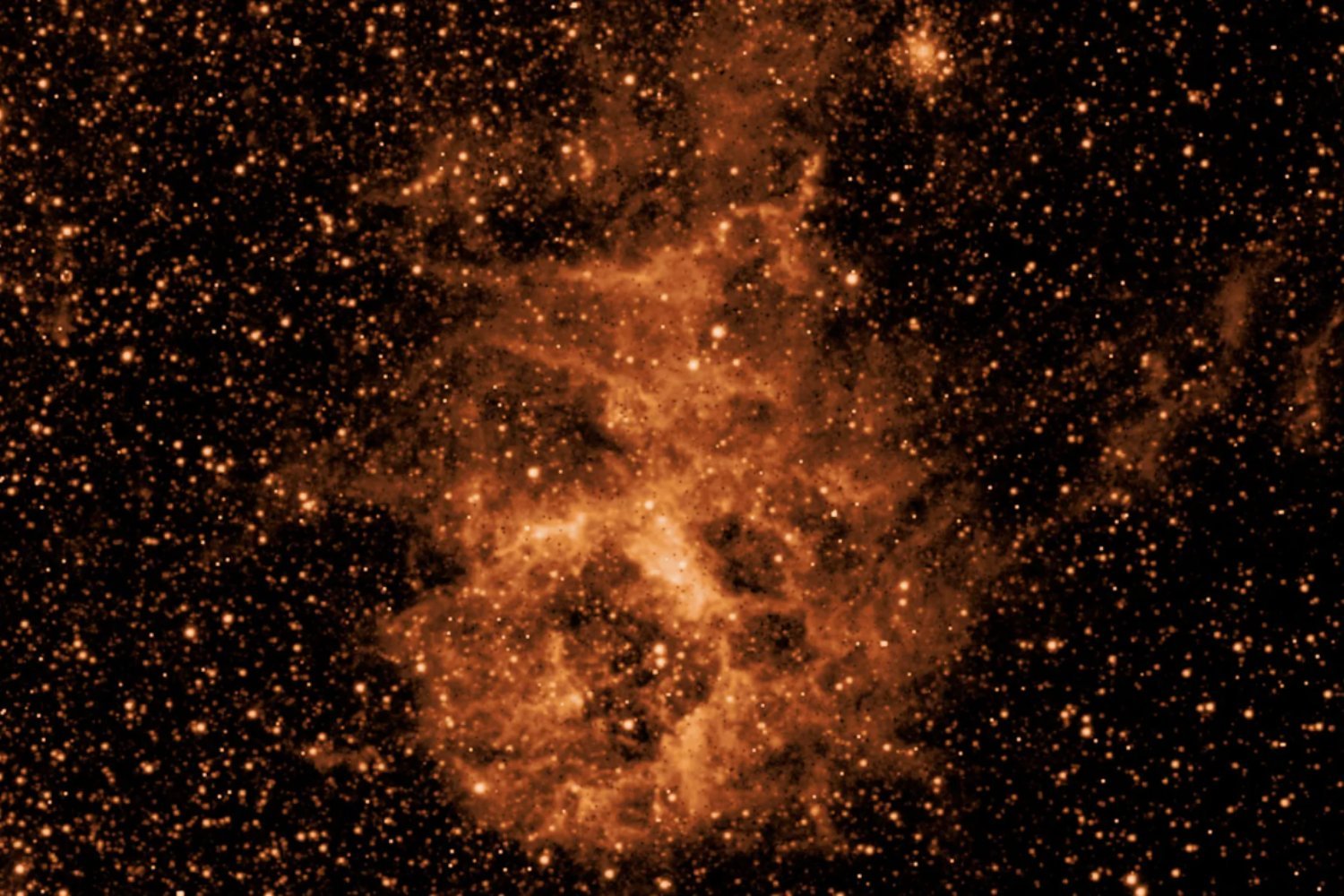
NASA’s newest eye on the cosmos is officially open for business, commencing its regular science operations this week with the main charge of mapping the universe.
After a six-week calibration period, NASA’s Spectro-Photometer for the History of the Universe, Epoch of Reionization, and Ices Explorer—mercifully shortened to SPHEREx—has begun its two-year mission to build an ultra-detailed, full-sky map of the universe.
Launched in early March after some delay, the space observatory is now snapping 3,600 infrared images per day, collecting light at wavelengths that humans can’t see that contains evidence of cosmic objects and events dating back to the dawn of the universe.
Unlike some telescopes that peer into a specific patch of sky, SPHEREx will observe the entire celestial sphere, completing a sweep of it every six months. SPHEREx orbits Earth roughly 14 times a day, each time scanning a fresh strip of our Milky Way and beyond. SPHEREx takes in light with six detectors that split light into 102 infrared colors, which the mission will use to make over 9 million observations of interstellar clouds in our own galaxy over the course of its lifetime.
With these infrared images, scientists aim to answer some massive questions—like how the universe expanded a trillion-trillionfold in the first instances after the Big Bang. SPHEREx will look for the faint fingerprints of that wild expansion hidden in the positions of galaxies across the sky.
“We’re going to study what happened on the smallest size scales in the universe’s earliest moments by looking at the modern universe on the largest scales,” said Jim Fanson, the mission’s project manager at NASA’s Jet Propulsion Laboratory, in a NASA release. “I think there’s a poetic arc to that.”
But that’s not all. Using a technique called spectroscopy, SPHEREx can break down the light from distant galaxies, star-forming clouds, and dusty regions of the Milky Way to reveal what they’re made of—shedding light on how essential ingredients for life, like water and organic molecules, spread throughout the universe.
“The performance of the instrument is as good as we hoped,” said principal investigator Jamie Bock, in the same release. “That means we’re going to be able to do all the amazing science we planned on and perhaps even get some unexpected discoveries.”
SPHEREx will be the first mission to map the sky in so many colors. Over the course of its two-year mission, the hundreds of thousands of images the mission takes will be woven together into four all-sky maps, which could help researchers understand the origins and evolution of the universe.
The post NASA’s SPHEREx Telescope Just Switched On. Time to Map the Entire Universe in 3D appeared first on SNN.

